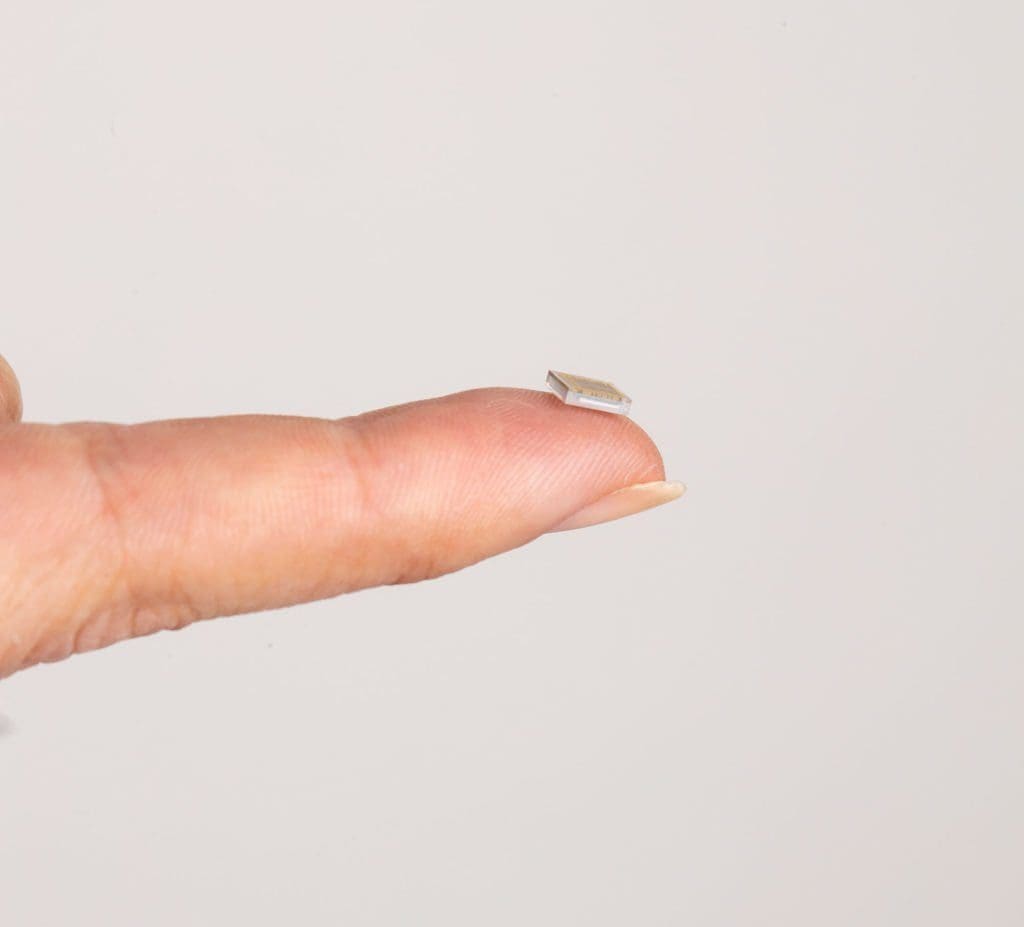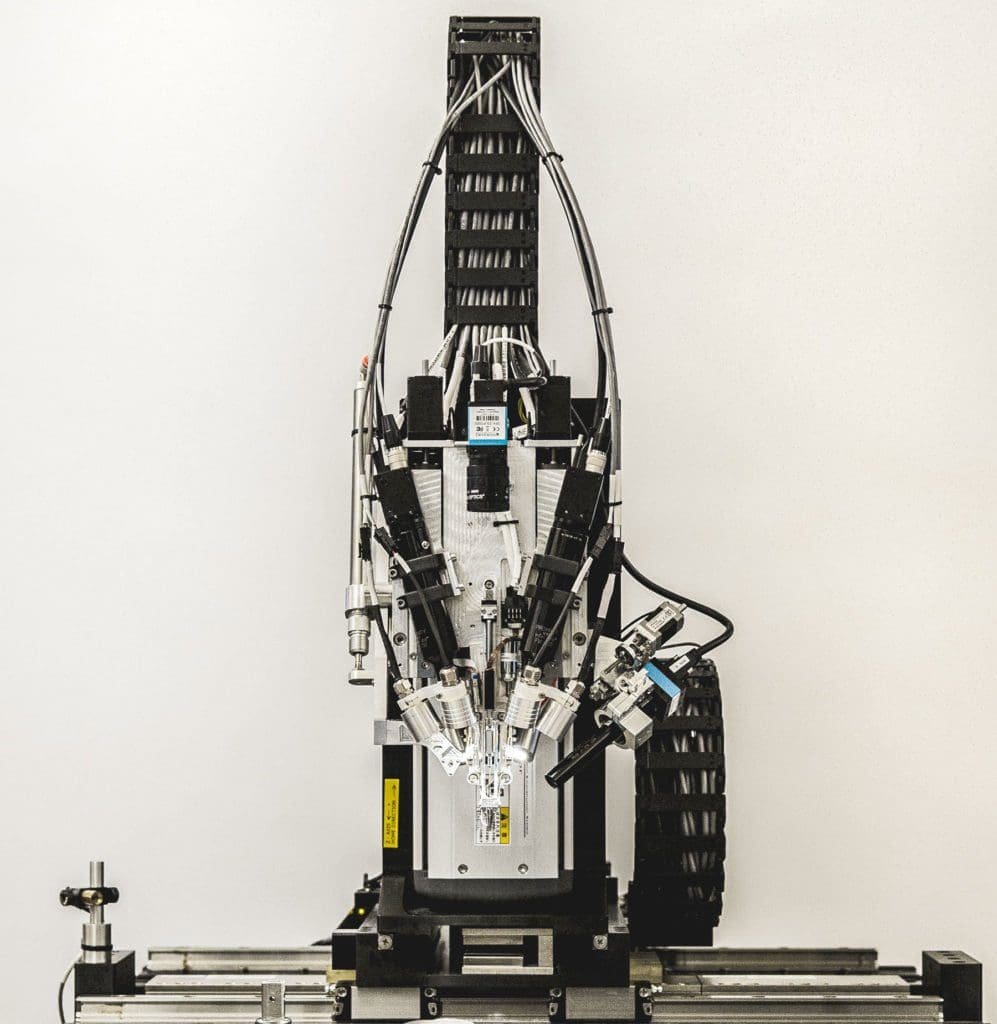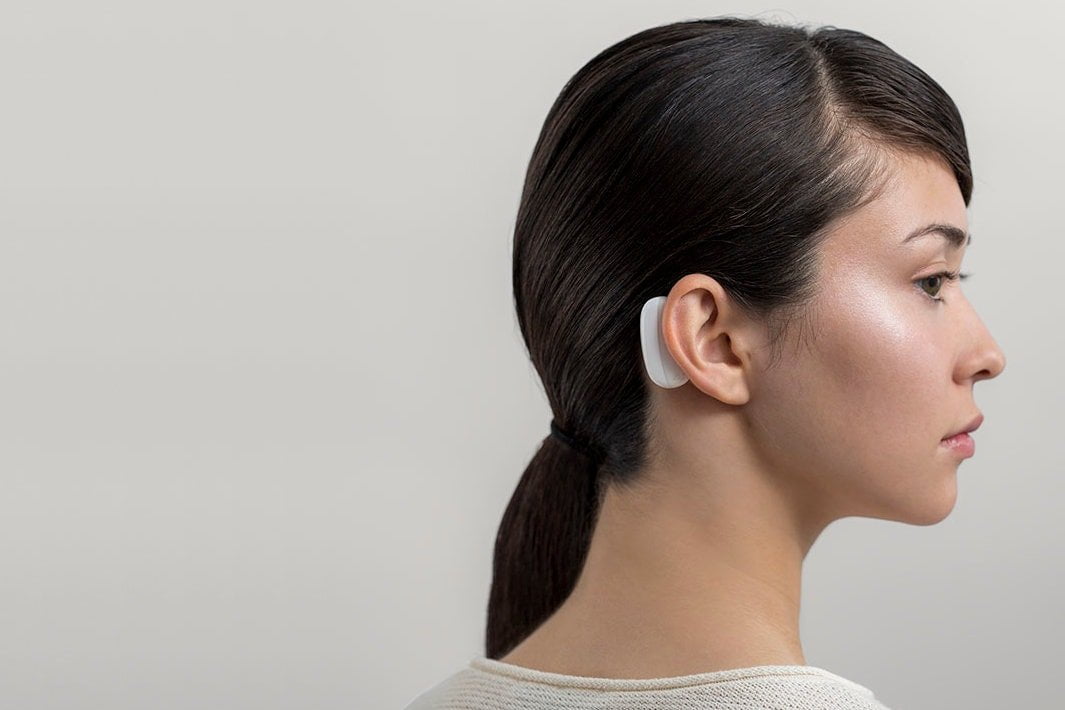In the Neuralink presentation, Elon Musk's startup who announced a press conference after two years of silence, illustrated his plans to connect our brain to a computer.
In the event announced a few days ago The blueprint for a brain-computer connection was shown. It is discreet, safe and activated with a painless procedure, compared to those implemented to correct vision.
Neuralink described the minirobot that like a “sewing machine” can implant ultra-thin connections in our brain. Company plans to start testing people in the flesh in the first half of next year.
What the Neuralink system will do
The human-computer connection will be able to read and write a huge amount of information. However, the most complex challenge will be that Neuralink scientists will have to overcome to adhere to Elon Musk's visions.
It is complicated to be behind the creative mind of Tesla motors, The Boring Company, SpaceX and Hyperloop.
The idea of inserting a device into our heads that allows us to communicate at unimaginable speeds with a computer belonged until recently (except for transhumanists) to the domain of science fiction.
In his 1984 novel “The Neuromancer,” writer William Gibson came up with the idea for what he called “Microsoft.” It was a tiny cartridge inserted into a slot and connected to our brain that instantly provided knowledge, such as a new language.
In the Neuralink presentation (which Musk did not attend) the top management of the company pointed out that it will take a long time before they can offer a commercial service, but they are ready to speak publicly about their work.
“We want to abandon this 'stealth' mode held for two years and continue to build in the traditional way. Including scientific publications.” This is what he reports Max Hodak, President Neuralink and one of the founders.
“Mr. Musk has stepped up to help us overcome all the engineering challenges Neuralink faces,” it echoes him Shiv Zilis, designer. The company currently has 90 employees and has received funds of € 150 million.
Neuralink's journey will be long, but Musk has already identified some uses for this brain-computer link. In the medical field, applications that require a relatively shorter timescale. Restore mobility to amputees, restore sight, speech and hearing to those who have lost them. These would already be extraordinary goals.
Ouch
The (annoying, more than) painful notes of the system are in the installation procedure. It currently requires a surgeon to drill a very small hole in the skull (hopefully without a hand-crank drill) to implant the connections. No pain, they explain at the Neuralink presentation, but a few minimal vibrations are enough to define it as unpleasant. The next version should use a laser beam to instantly make incisions the size of a hair (the electrodes are a quarter of a hair's size) in a completely instantaneous and painless way.

Neurosurgeons from Stanford University and other qualified medical institutions will be involved in the testing program. Jaimie Henderson, professor of neurosurgery at Stanford, specialist in the treatment of epilepsy and expert in deep brain stimulation is a scientific advisor to Neuralink.
The demonstration
In the Neuralink presentation, the visit to the laboratories showed the press a system connected to guinea pigs and capable of reading information from 1500 electrodes. It is 15 times more than current systems: it is already a huge advance.
Obviously scientists recommend caution. The excellent results on mice require further testing on humans to determine the true potential of the technology.
After creating the 'insertion seat', a small robot will manage the very thin and flexible connections. A bit like a sewing machine, positioning them one by one near the neurons and avoiding any blood vessels.

The ability to capture information from a large number of cells and wirelessly send it to a computer for analysis is an epochal step to improve our brain's knowledge:
The connections
They are made as a sort of thin sandwich of insulating material, incorporating sensors lined up like tiny pearls. These 'ties' can be positioned in different areas and at different depths depending on the type of application. The first areas of the brain affected by the tests will be those responsible for language, movement, hearing or vision.
The first scientific doubts lie precisely in the plastic characteristics of these connections. The “wires” should remain in place for a given period (in a saline environment like that of the brain, which deteriorates many types of plastic).



Comments are closed.